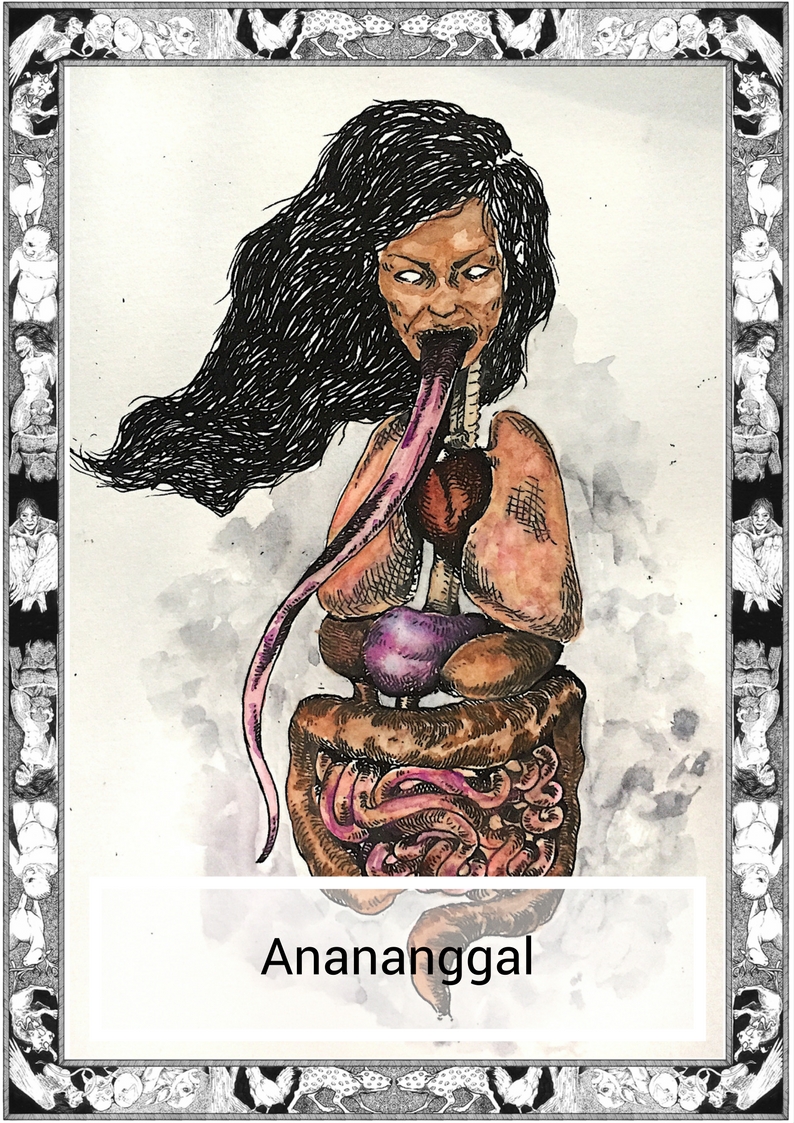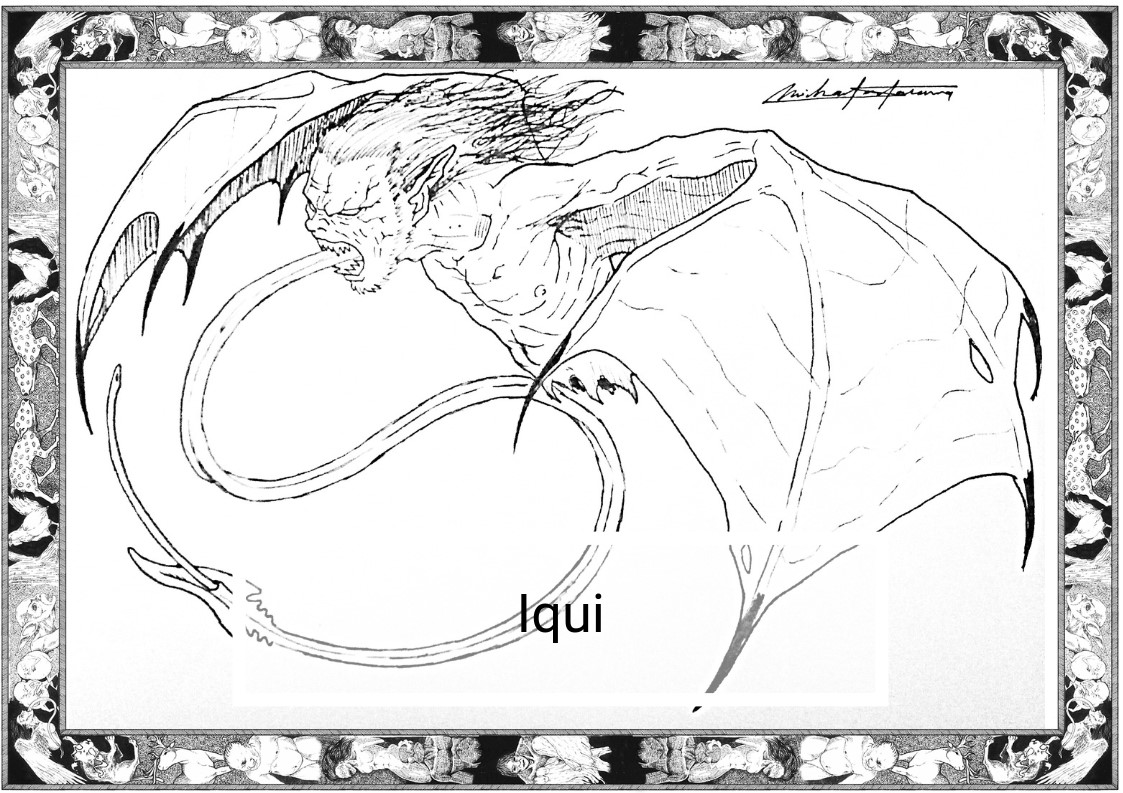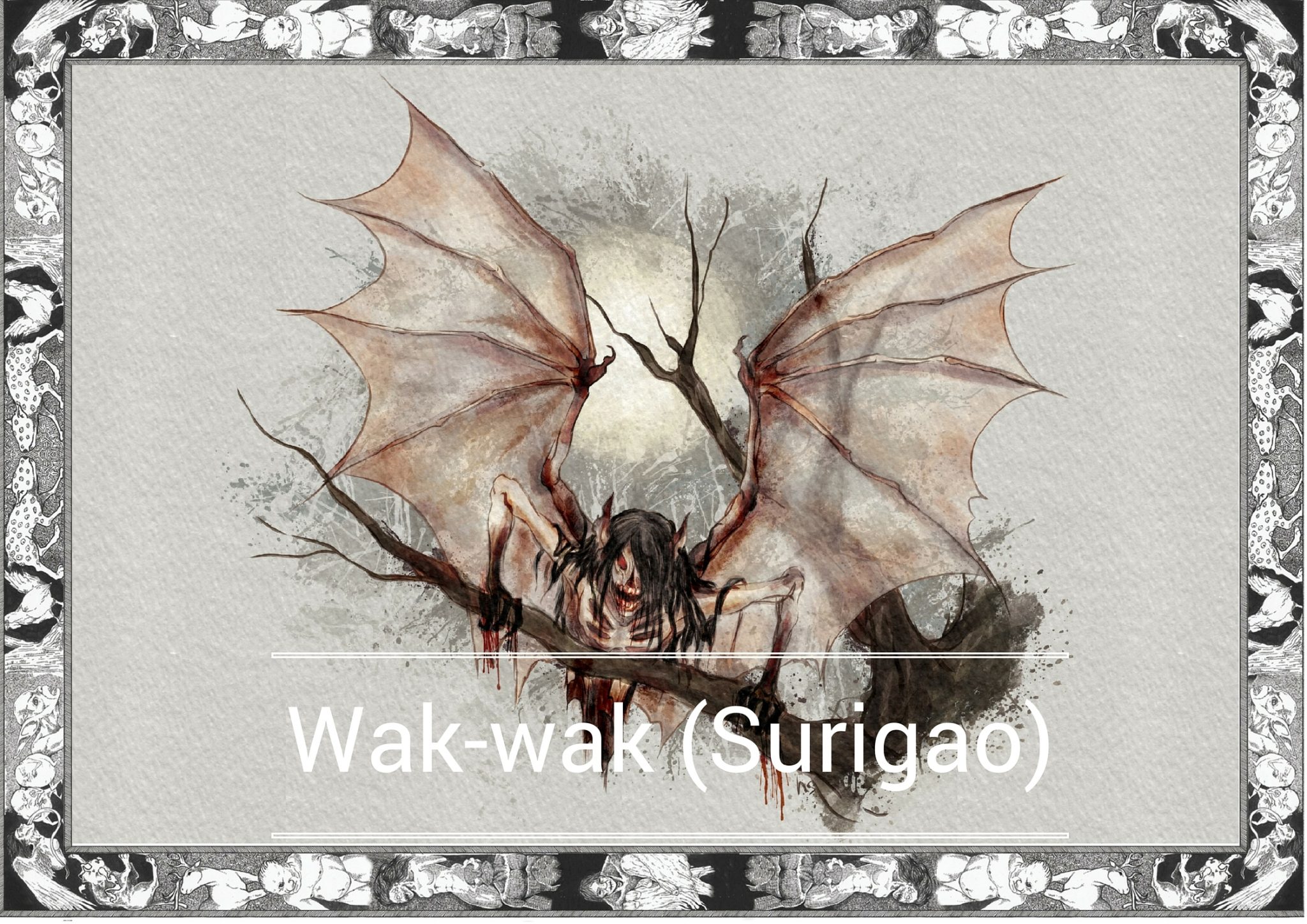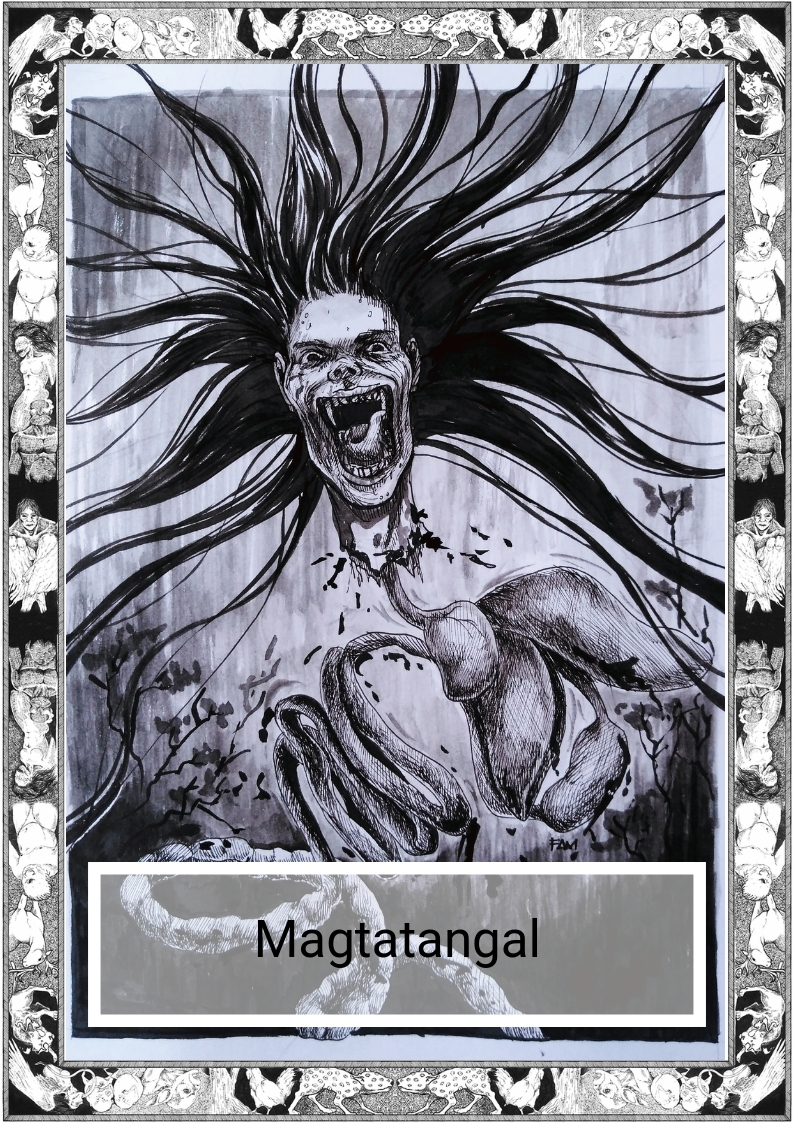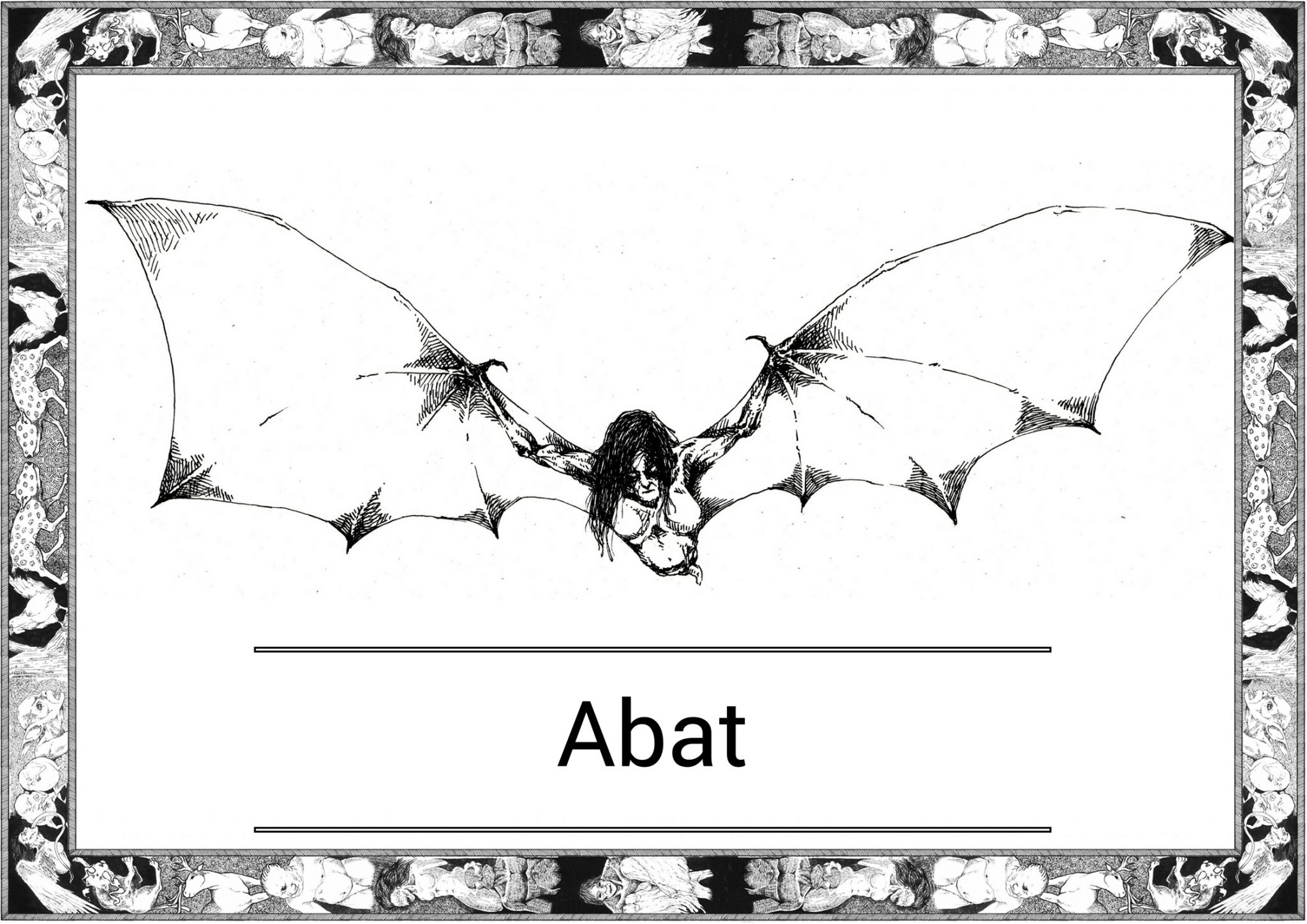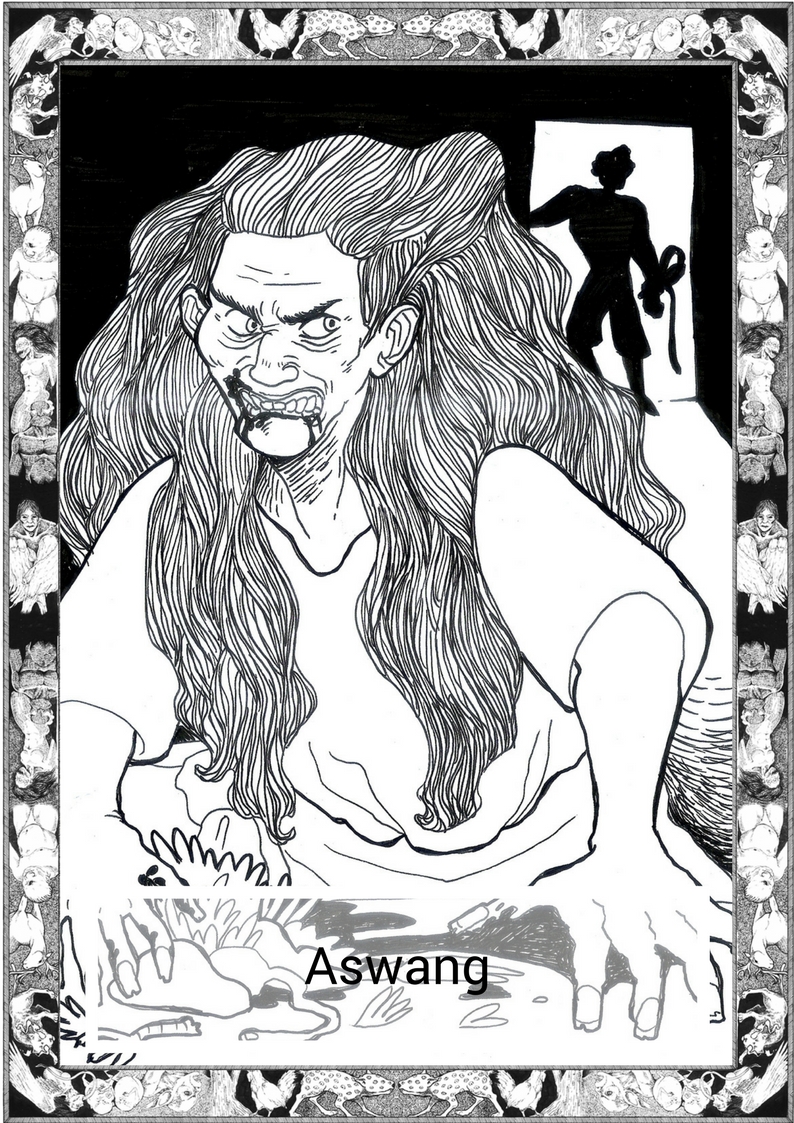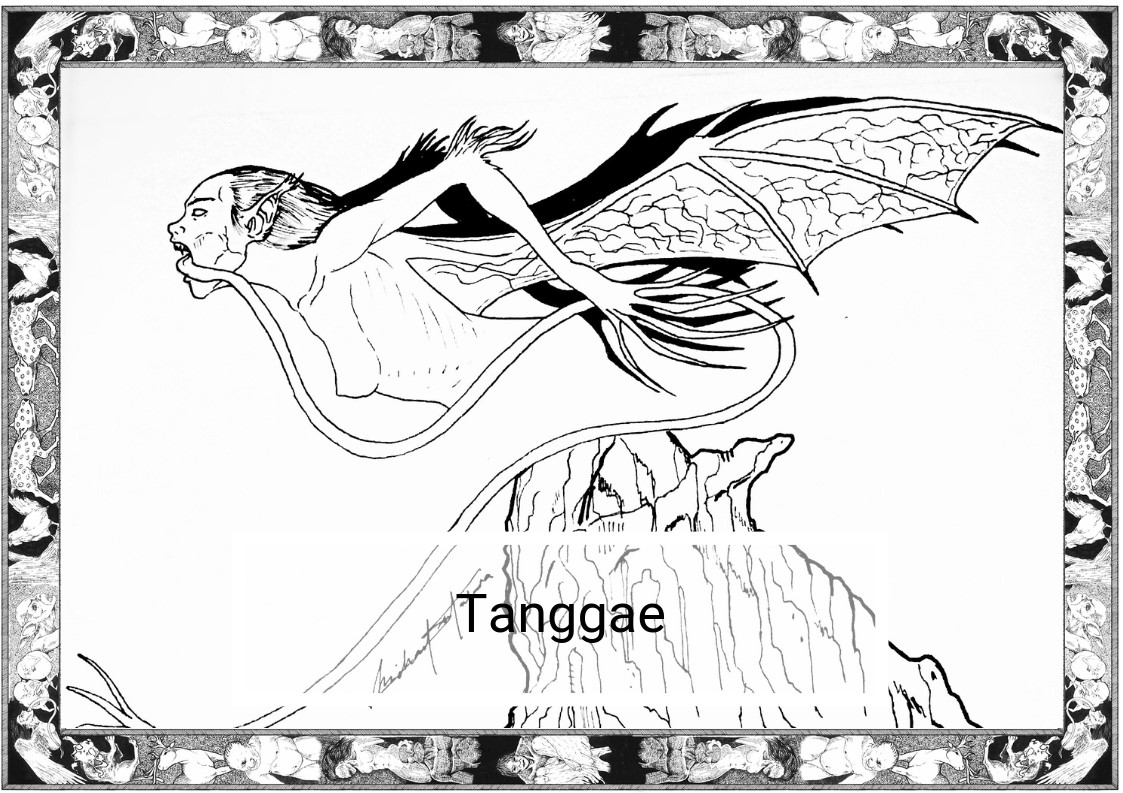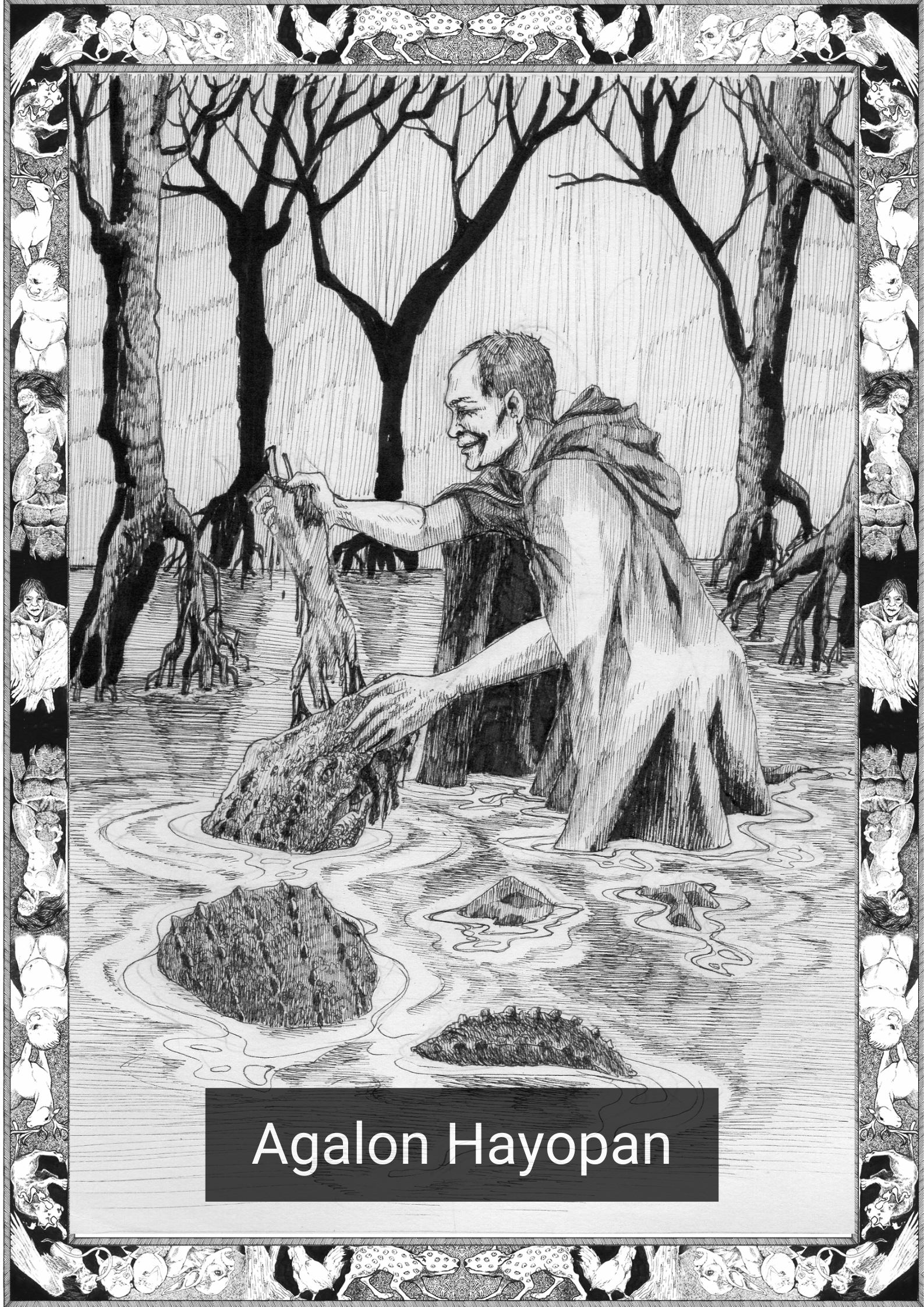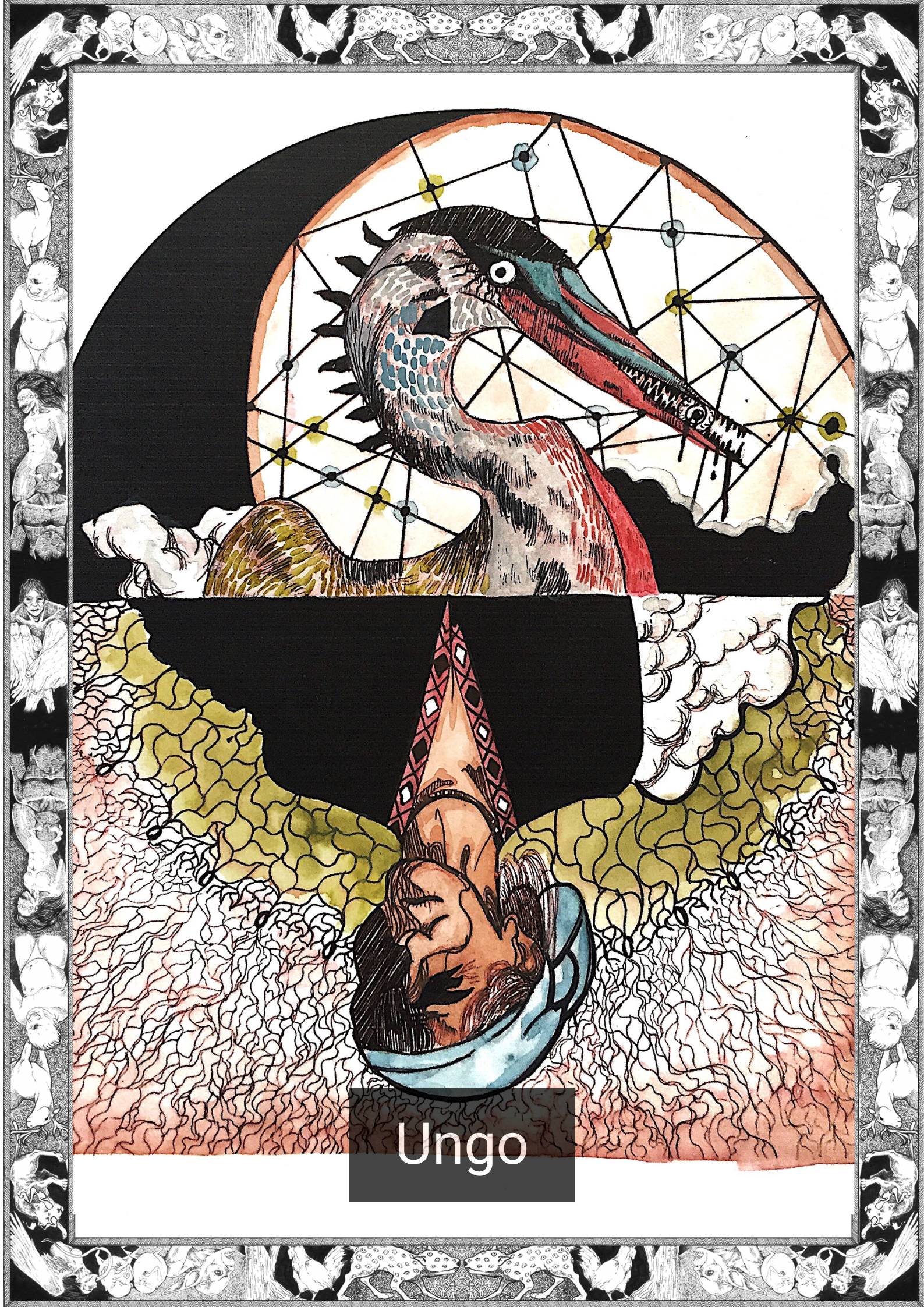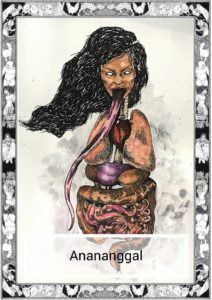
*Note this story is in Tagalog
“Selamat Datang!” bati ni Aish sa akin sa kanyang tubong wika, na tinugunan ko naman ng “Masaya akong makita ka.” Bago lang siya rito, isang exchange student mula sa Malaysia na gustong makita ang ganda ng Pilipinas kaya narito kami ngayon. Sa pusod ng Negros, nagba-backpacking sa “kahanga-hangang” kagubatan. Ang saya.
Hindi naman sa hindi ko gustong maging tour guide, pero kasinungalingan ‘yon. Laking siyudad ako, sa lungsod ako ipinanganak at lumaki, at hindi ko gusto rito. Masyadong maraming puno, puro halaman ang paligid, at 5 oras na akong hindi nagkakape. Hindi ko yata kakayanin ‘to.
Pagkatapos ng parang walang katapusan naming pagte-trek, nakarating na kami sa wakas sa camp. Nag-ikot-ikot si Aish sa paligid para kumuha ng magagandang larawan para sa kanyang souvenir book at naiwan naman ako rito sa campsite, iniisip ko kung paano sumikat ang ganitong gawain sa panahon ngayon. Hindi kasama ang pagte-trek sa listahan ko ng mga bagay na masayang gawin at pagkatapos ng trip na ito, mukhang hindi na magbabago iyon.
Nagkabit ako ng duyan at sinubukan kong umidlip bago maghanda ng hapunan. Maagang lumubog ang araw ngayong gabi pero bilog na bilog ang buwan kaya hindi naman mahirap. Ipinikit ko ang aking mga mata at umasa akong may mapanaginipan akong maganda.
“Penanggalan! Penanggalan!” Nagising ako sa mga sigaw ni Aish at hindi ko alam kung isa na naman ba itong kaugalian sa Malaysia, pero hindi ako interesado ngayon sa pagbabahagi ng kultura. Niyugyog ako ni Aish sa aking duyan at ang sabi niya, “Nasaan ang pagkain!?”
“Aish, ganito—“ Napahinto ako bago ko pa matapos ang pangungusap ko nang makita ko ang babaeng ‘yon. Ang bagay na ‘yon. Alam ko kung ano iyon. Isang ungga-ungga, iyon ang tawag ng mga tagarito sa bagay na ‘yon, pero sa Bikol, anananggal ang tawag namin sa mga ito. Palaging tinatakot ng mga pangkat ng nagtu-tour ang mga turista sa mga kwento ng mga lumilipad na bruhang nakaluwa ang bituka. Wala akong sinayang na oras at nagtatakbo ako. Hindi na dapat ako umalis sa bahay.
“Nasaan ang pagkain?!” muling sigaw ni Aish. “Hindi ito ang panahon para atupagin mo ‘yang gutom mo!” Sigaw ko habang tumatakbo sa tabi niya. Parang hindi ko talaga maiintindihan ‘tong mga Malaysian. “Seryoso ako!” sigaw niyang muli, kaya bakit naman hindi, kung gusto ng lalaking ito ng huling hapunan, hindi ko siya pipigilan. “Nasa likod ng tent.”
Mabilis na tumakbo si Aish sa tent at sinundan siya ng ungga-ungga. Hindi talaga ako matapang pero kaibigan ko pa rin si Aish. Medyo. Kailangan kong tumakbo pabalik para tulungan siya. Nakita kong hawak niya ang pinya, ibinato niya ito sa bagay na iyon at natamaan niya. Hindi ko alam kung ano’ng nangyari pero sumigaw ang ungga-ungga at lumipad palayo.
Hindi ako nakagalaw sa kinatatayuan ko, litong-lito ako.
“Sa pinanggalingan ko, nagtatanim ng mga pinya dahil takot ang Penanggalan sa mga tinik nito. Natutusok ng mga tinik ang kanilang mga baga at bituka, at dahil doon, nahihirapan silang lumipad. Alam kong gagana rin iyon dito.” Ngumiti si Aish at inabutan ako ng pagkain.
“Gutom ka na ba?”
English Version
“Selamat Datang!” Aish greets me in his native language and I reply “Nice to see you.” He’s a new guy, an exchange student from Malaysia who wanted to see what the Philippines had to offer so here we are. In the middle of Negros backpacking through the “great” outdoors. Yay.
It’s not that I don’t like being a tour guide, but that would be a lie. I am a city boy, born and raised and I do not like it here. There are too many trees, there’s too much green and I haven’t had coffee in 5 hours. I don’t think I’ll survive this.
After a trek that seemed to last forever we finally hit camp. Aish goes around the area to take some nice pictures for his souvenir book and I’m left at the campsite wondering how this sort of thing is popular these days. Trekking through the mountains is just not my idea of fun and after this trip I don’t think it will ever be.
I lay out a hammock and try to take a small nap before preparing dinner. The sun set early tonight but the moon is full so it isn’t that inconvenient. I close my eyes and hope that I get to dream about something good.
“Penanggalan! Penanggalan!”Aish’s shouts wake me up and I don’t know if it’s another one of his Malaysian customs, but right now I am not interested in a cultural exchange. Aish shakes me from my hammock and says, “Where is the food!?”
“Look Aish—“ I stop mid-sentence when I see her. It. I know what that is. An ungga-ungga or at least that’s what they call it in these parts, back in Bicol we just call them anananggal. The tour groups would always try to scare tourists with stories of the witch that flies with its guts hanging out. I don’t take another moment before I run like hell. I should have stayed in my house.
“Where is the food?!” Aish shouts again. “This is no time to think about your stomach!” I scream as I run alongside him. I don’t think I’ll ever get Malaysians. “I’m serious!” he shouts again, so why not, if the guy wants his last meal then I won’t stop him. “It’s behind the tent.”
Aish dashes to the tent and the ungga-ungga follows him. I was never the brave one but Aish is still my friend. Kind of. I have to run back and get him. I see him with a pineapple and he throws it at the thing and hits it. I don’t know what’s happening but the ungga-ungga screams and flies away.
I just stand there, confused.
“Where I come from, pineapples are grown because their thorns keep the Penanggalan away. The thorns go into their lungs and intestines which makes it harder for them to fly. I knew that would work just as well here.” Aish smiles and hands me some snacks.
“You hungry?”
————————–————————–————————
*The Anananggal is called the Ungga-ungga in Negros, and Wuwug in Eastern Visayas. It is very similar to the myths of the Penanggalan found in the Malaysian archipelago.
**Tagalog is an Austronesian language spoken as a first language by a quarter of the population of the Philippines and as a second language by the majority. Its standardized form, officially named Filipino, is the national language of the Philippines, and is one of two official languages alongside English.
Written by Karl Gaverza
Tagalog Translation by Ninya Zulueta
Copyright © Karl Gaverza
Translation Copyright © Ninya Zulueta
Inspired by the Ananaggal entry in Bikol Beliefs and Folkways: A Showcase of Tradition. Nasayao 2010.
Anananggal Illustration by Leandro Geniston from Aklat ng mga Anito
FB: That Guy With A Pen
Watercolor by Catherine Chiu
FB: Wildling Child
IG: https://www.instagram.com/wildlingchild/
